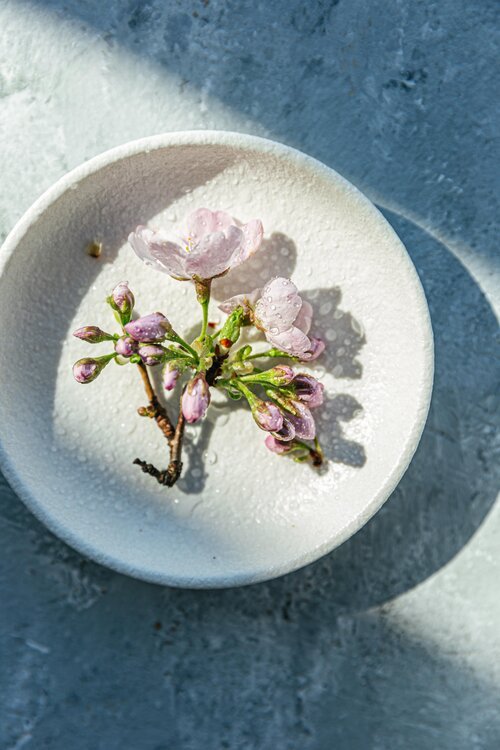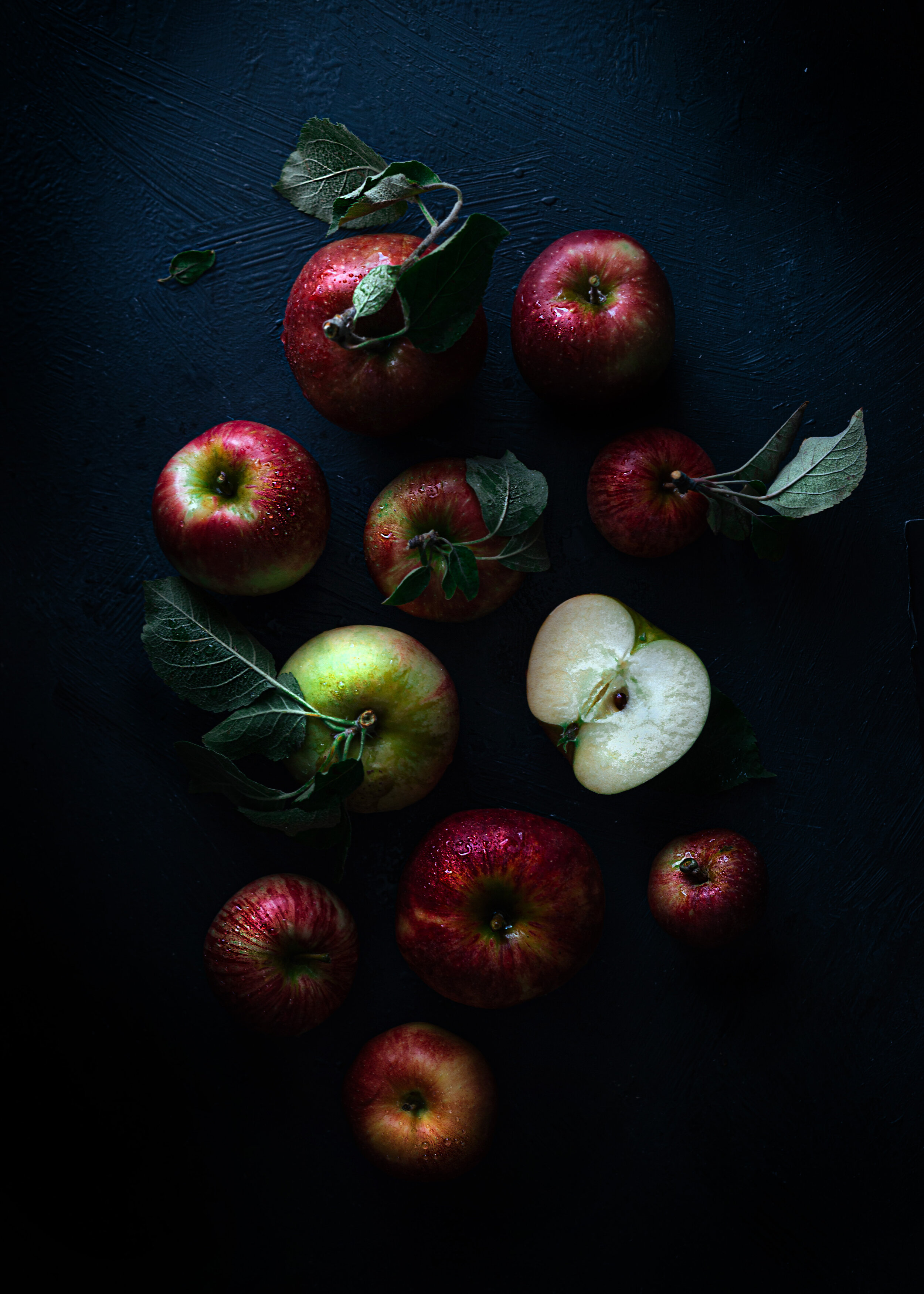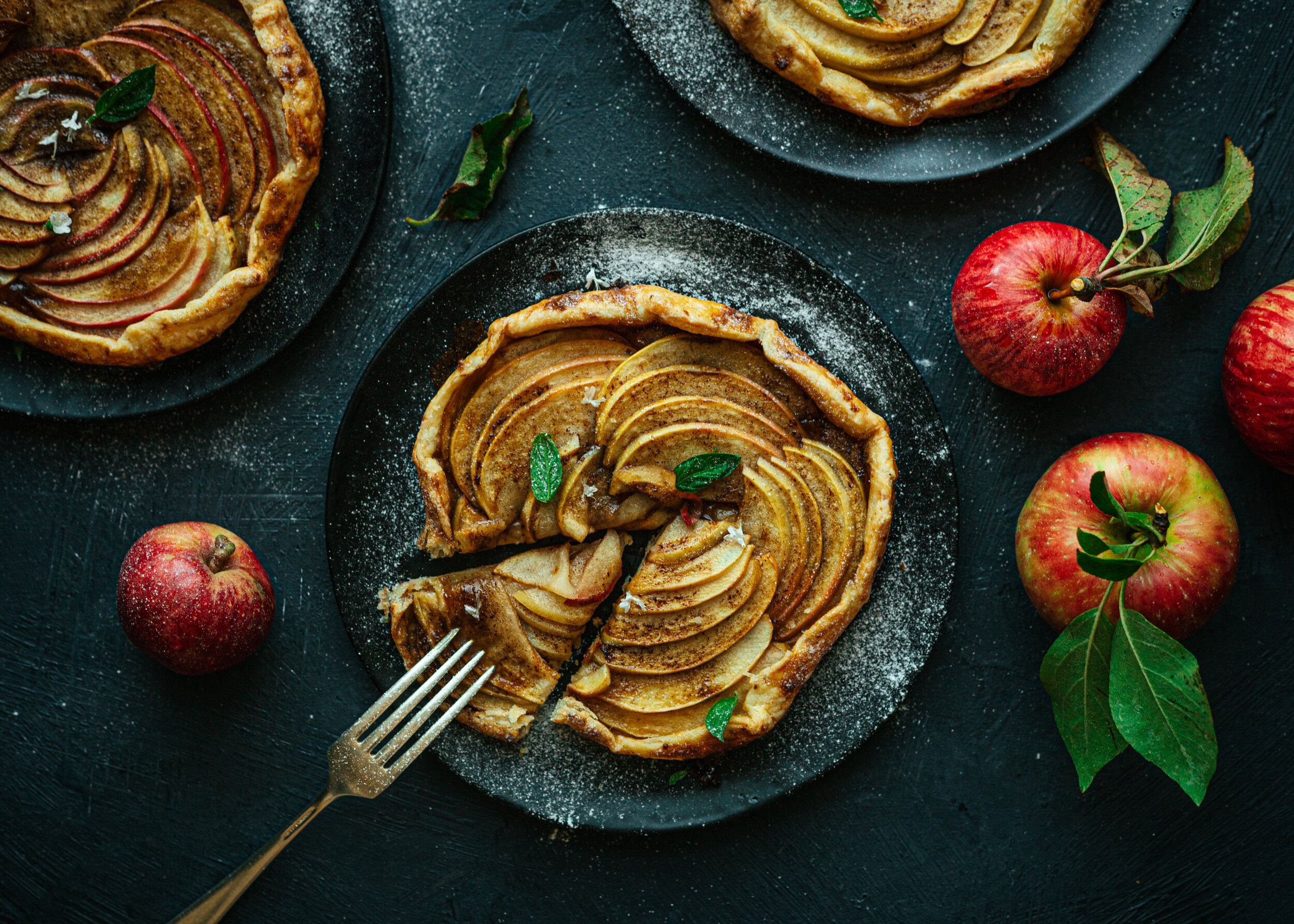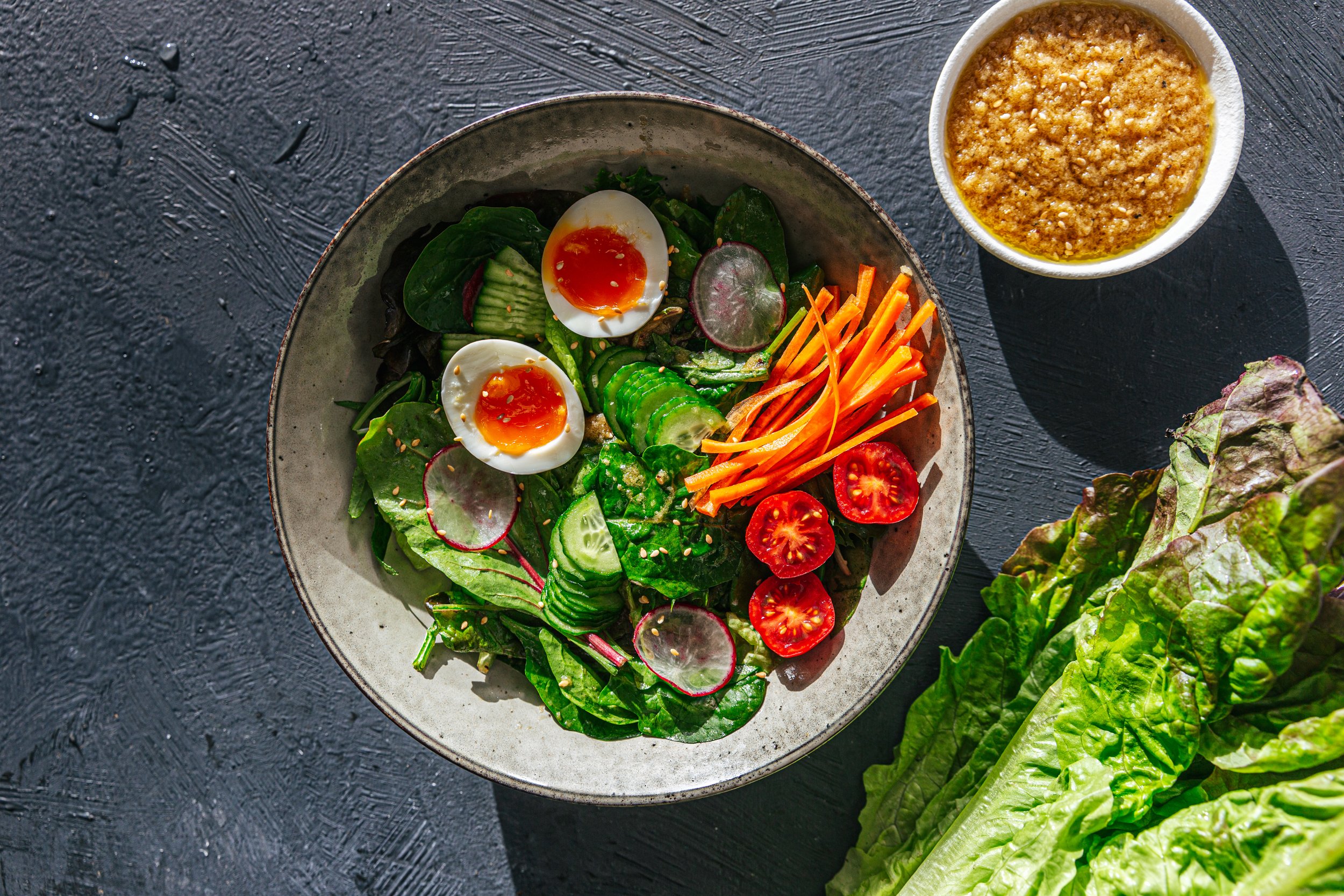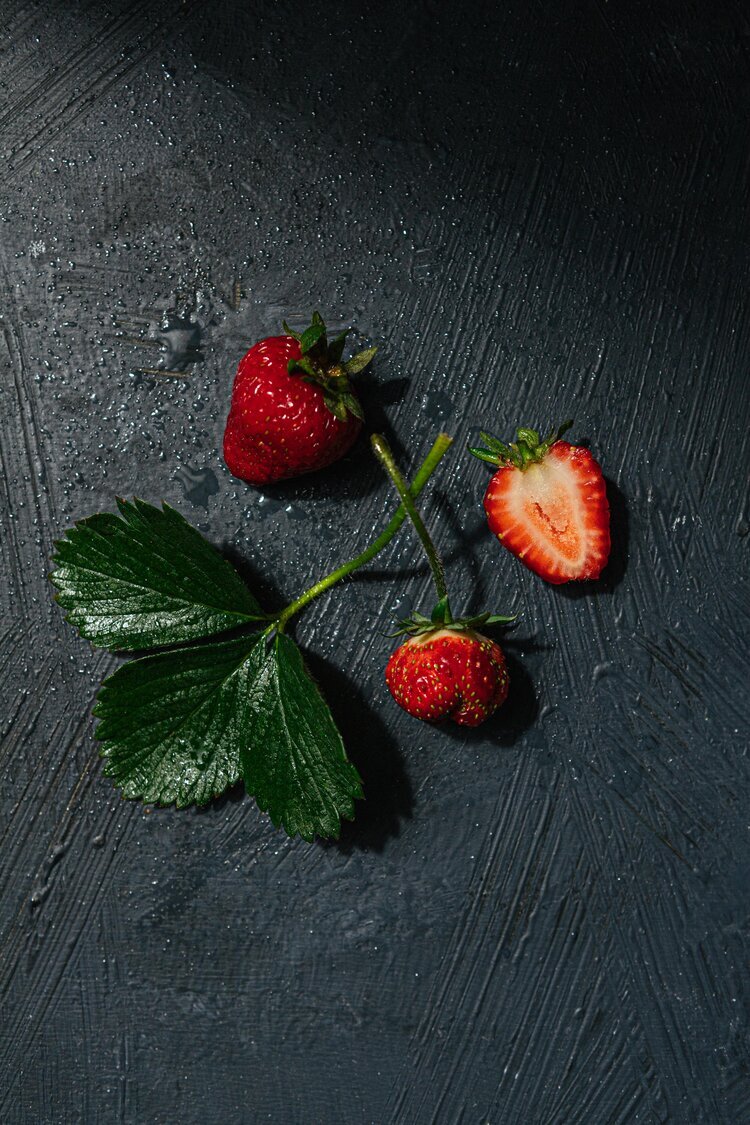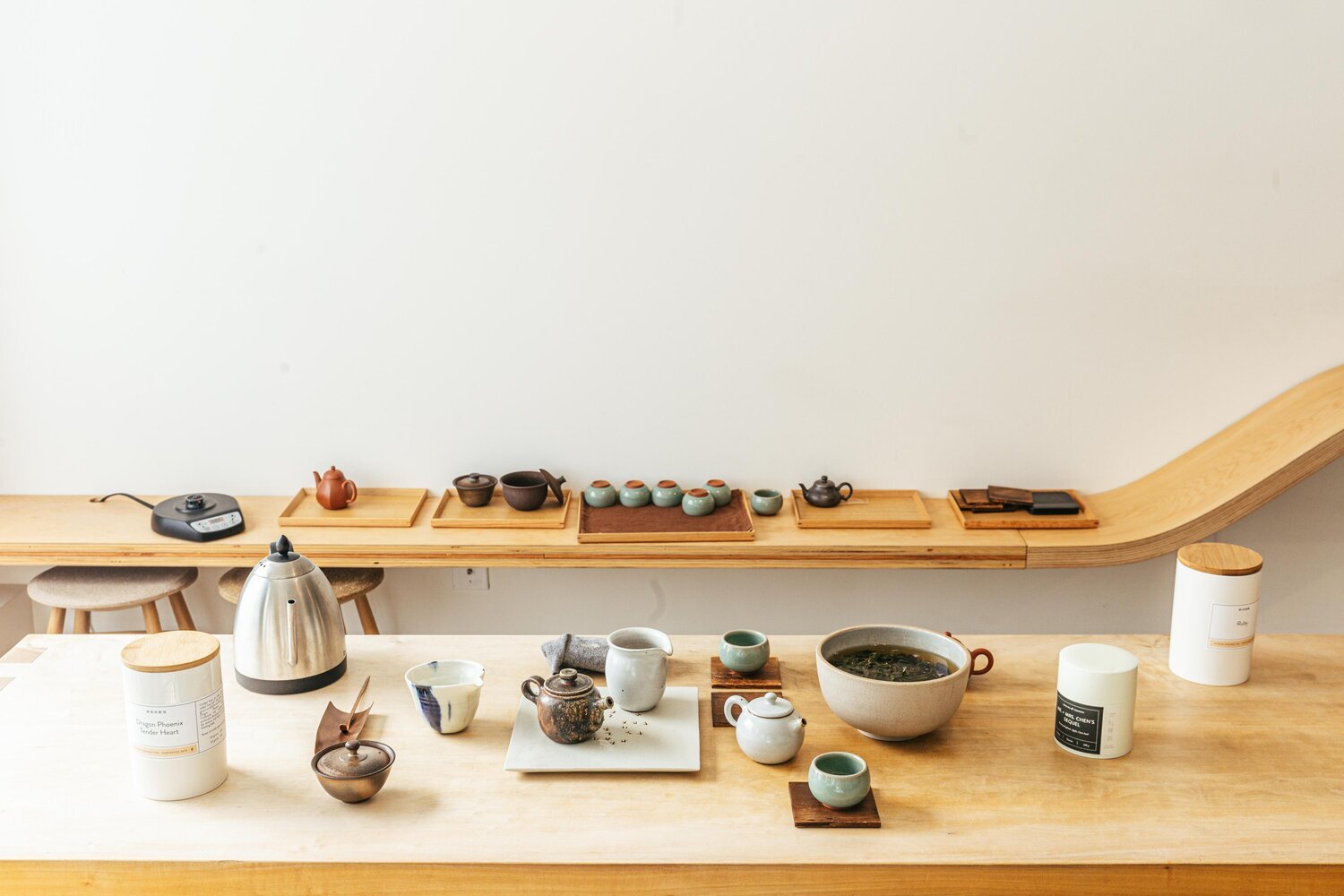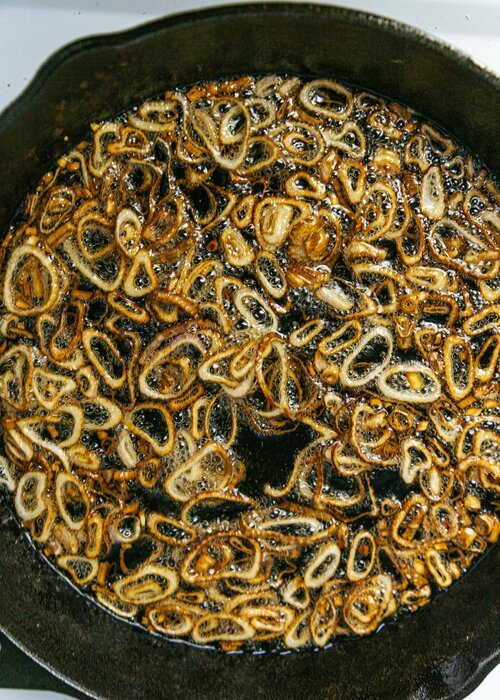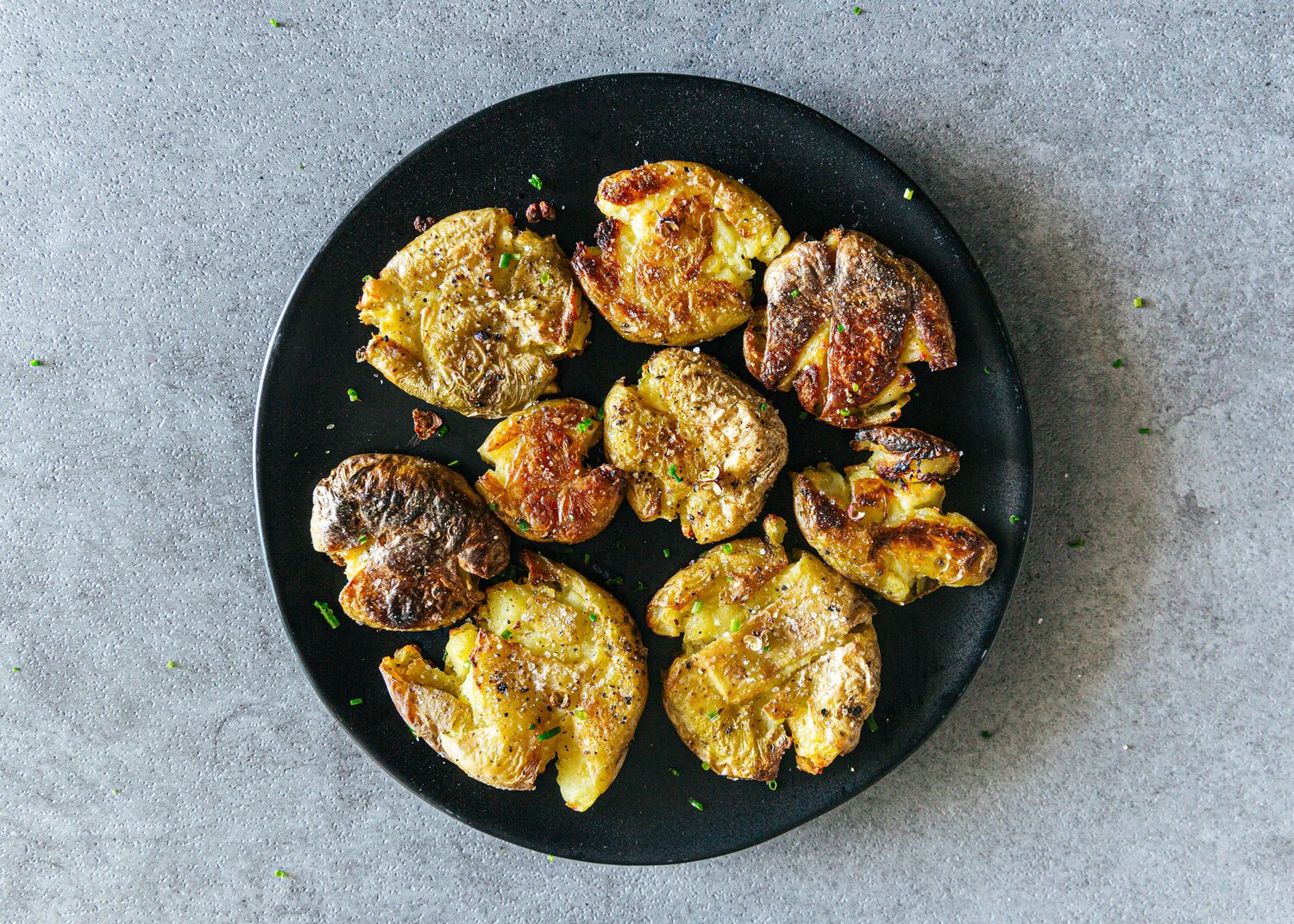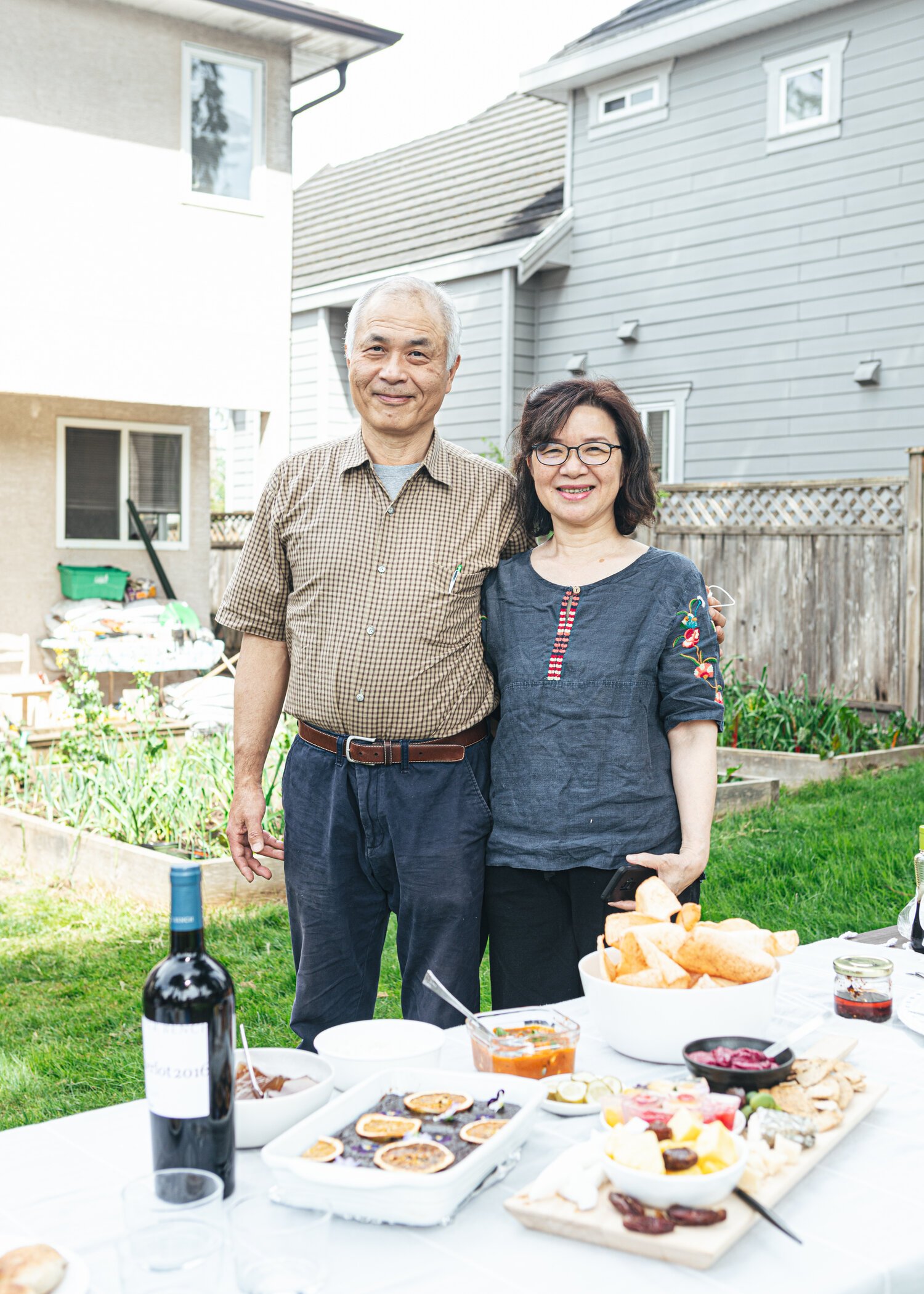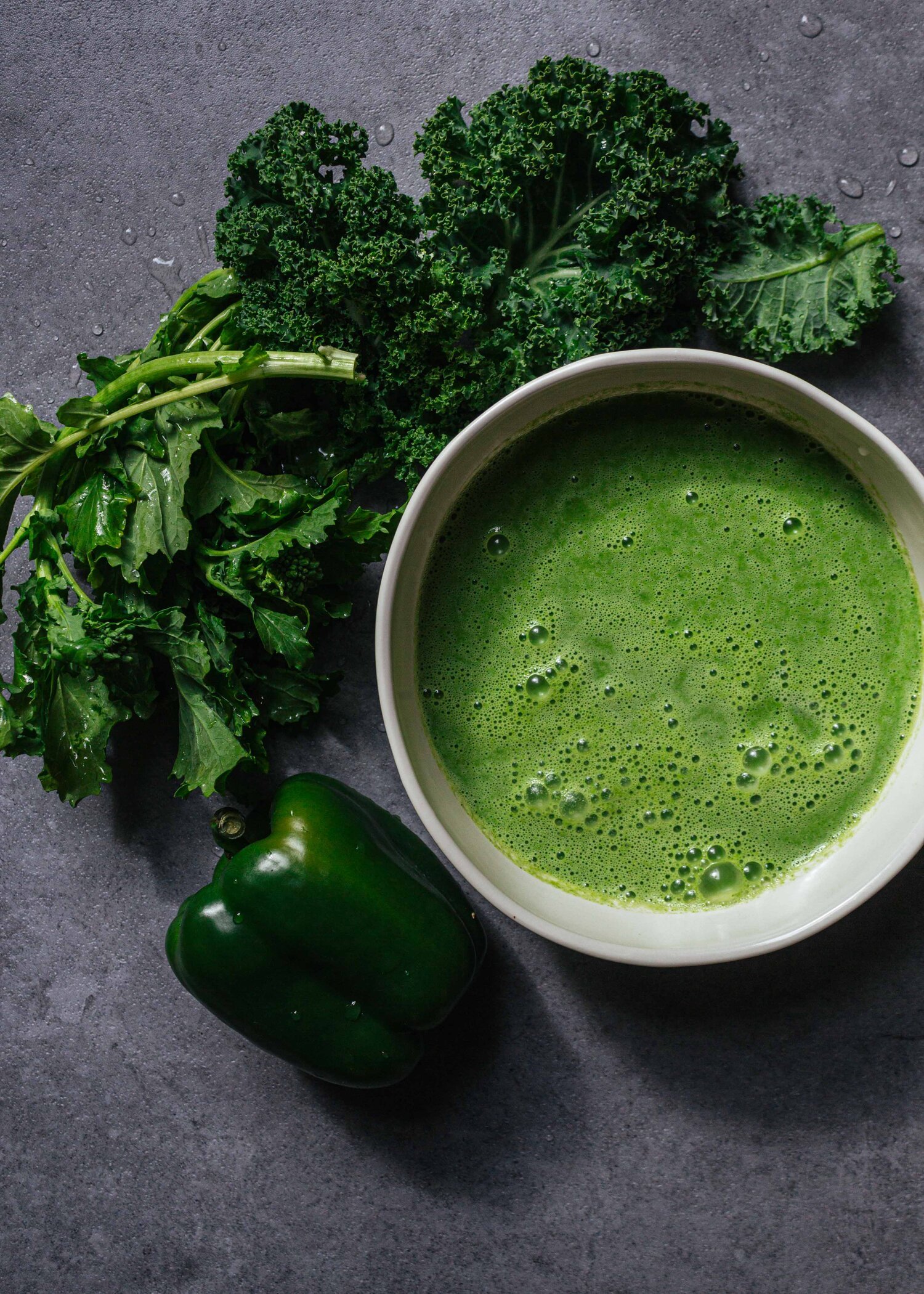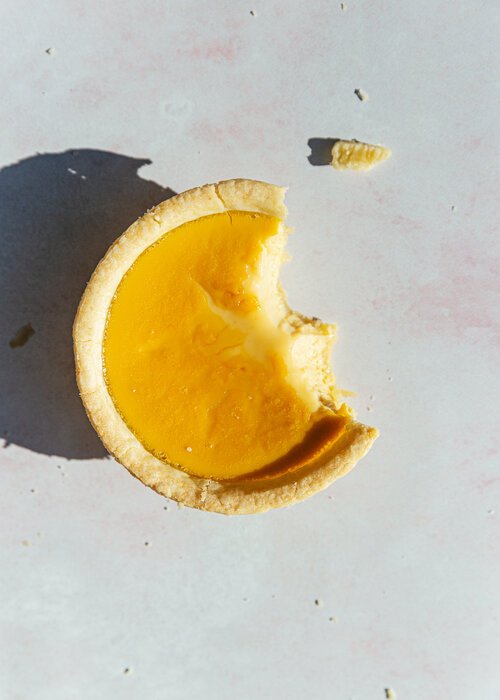Spring is a season I can spend outside for as long as I possibly can. I do not fare well with winter. It may be that I’ve always left Vancouver in the last few winters for somewhere warm. Building a home in Vancouver has been an on-going project for the last half-decade. But do I love spring. It is a time when the light shines in longer hours, tiny sprouts appear on your slumbering plants and birds chirp louder than they have for the longest time.
I have been enjoying Nancy Singleton’s book — Preserving the Japanese Way. There is always a part of me that feels convicted with my multi-tasking and my need for accomplishment. Perhaps it is in working with, observing and photographing plants that I feel a certain stillness. They are so beautiful in their own way without trying. It is calming to capture.
Pickled cherry blossoms. Ideally, one should look for buds that have not flowered and trees that have not been sprayed or branches. Try asking a friend! I snipped a few branches from a tree in the ally behind my apartment. If you cannot find cherry blossoms, plum or peach will work as well.
Yae-zakura (Double-layer Cherry Blossom) is the recommended variety for preserving. They have the most pungent, flavourful leaves. I will try working with them next.
Cherry blossoms, removed from their salty home after three days.
Salt-Pickled Cherry Blossoms
Ingredients
1 cup of cherry blossom buds (select ones that have yet to flower)
Best-quality sea salt
Instructions
Find a good tree to harvest flowering branches from. A neighbour, a friend, your parent’s back yard. Make sure that they have not been sprayed.
Rinse the flowers with water, dry with paper towels or set them aside to air dry. Pick the buds off, try not to use full blooms as the petals will fall apart.
Sprinkle salt to cover the bottom layer of a clean bowl. The amount of salt will depend on the size of your vessel. Carefully layer with cherry blossoms. Top with salt and repeat until the blossoms are fully covered.
Cover the bowl with a well-sized plate, and add a weight on top. Allow them to cure for a few days or up to a month. The salt will absorb water from the blossoms.
Remove cherry blossoms from salt. Sprinkle blossoms with salt and store them in an airtight container. Add them as a pickle with rice, or fold them into your onigiri rice cakes. The preserves will keep for a couple of months but the colour will fade over time.
* To use for edible flower cookies — remove salt and soak cherry blossoms in a bowl of water overnight. Lay blossoms to dry on a paper towel before placing them on cookies. This will help reduce the saltiness of the pickle.
A tuna-filled onigiri, topped with salted blossoms.







